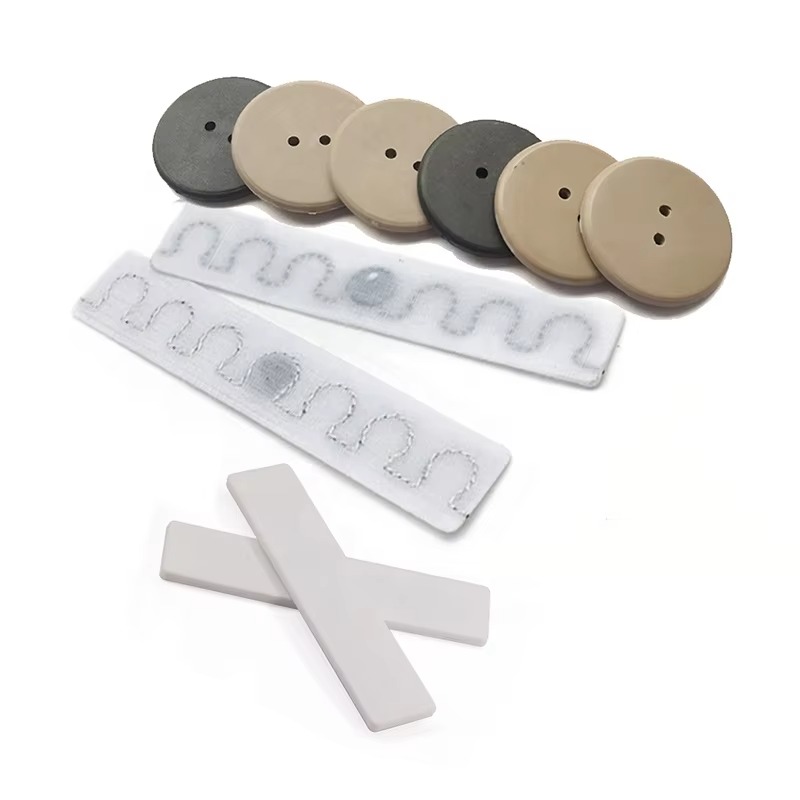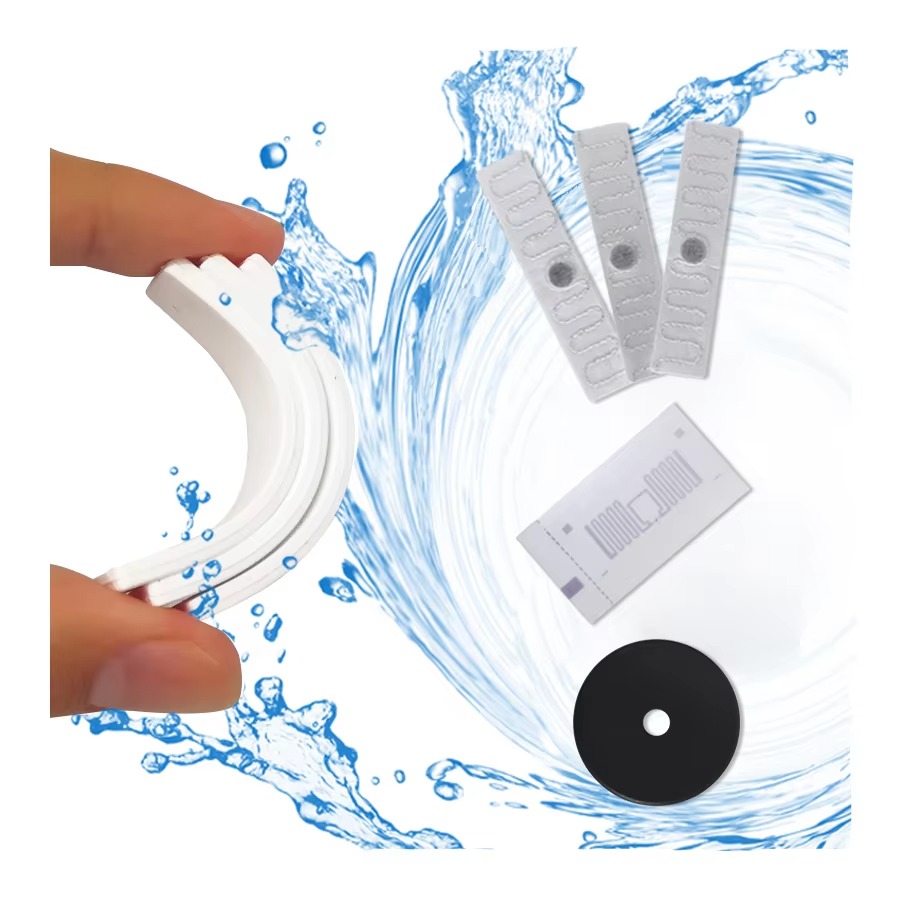
Smart Fashion: Revolutionizing Wardrobes with RFID Tag
Discover how RFID tags revolutionize fashion, enhancing tracking, inventory management, and customer experiences across industries.
RFID (Radio Frequency Identification) technology is revolutionizing various industries, including the laundry sector. RFID washable laundry tags are designed to withstand the harsh conditions of commercial laundry processes, providing an efficient solution for tracking and managing textiles. These tags come in multiple formats and materials, each tailored to specific applications and durability requirements. This article explores the different types of RFID laundry tags, their materials, and key features that make them indispensable in modern laundry management systems.
RFID washable laundry tags are available in several formats, each suited to different applications and installation methods. Here’s an overview of the most common types:
Sewn-in RFID tags are integrated directly into textiles, such as uniforms, linens, and other washable items. These tags are securely stitched into the fabric, making them ideal for long-term use. Sewn-in tags are typically made from durable materials that can withstand repeated washing and drying cycles without degrading in performance.
Heat-sealed RFID tags are affixed to textiles using heat press technology. This method ensures a strong bond between the tag and the fabric, providing a tamper-resistant solution. These tags are often used in applications where the tag needs to be securely attached without stitching. Heat-sealed tags are usually made from materials that can endure high temperatures and the chemicals used in laundry processes.
Detachable RFID tags offer flexibility as they can be easily attached and removed from textiles. These tags are typically used in rental services or scenarios where the tag needs to be transferred between different items. Detachable tags are available in various formats, including clip-on or adhesive-backed versions, allowing for easy application and removal.
The choice of material for RFID laundry tags depends on the specific application and the durability required. Common materials include:
Fabric RFID tags are made from textile materials that blend seamlessly with the item they are attached to. These tags are soft and flexible, making them comfortable for use in clothing and other wearable items. Fabric tags are also highly durable and can withstand the rigors of repeated laundering.
Plastic RFID tags are more rigid and are often used in applications where a sturdier tag is needed. These tags are typically water-resistant and can endure the harsh conditions of commercial laundry environments. Plastic tags are suitable for items that require a robust and durable solution.
Some RFID tags are made from materials specifically designed to withstand high temperatures and chemical exposure. These tags are ideal for industrial laundry processes where items are subjected to extreme heat during washing and drying. The use of heat-resistant materials ensures that the tags remain functional even after prolonged exposure to such conditions.
RFID silicone laundry tags are a popular choice due to their flexibility and durability. These tags can be customized with different chips, sizes, and frequencies to suit various applications.
RFID flexible textile laundry tags are designed for applications requiring a combination of flexibility and durability. These RFID tags can be seamlessly integrated into textiles and are available in various sizes.
These tags are specifically designed to be attached to textiles through heat pressing or stitching. RFID heat pressable laundry tags are ideal for applications where a permanent bond between the tag and the textile is required.
Button RFID laundry tags are small, durable tags that can be sewn directly onto clothing. These tags are designed to withstand high temperatures and harsh laundry processes, making them ideal for use in uniforms and other washable items.
Waterproof and Chemical Resistant: These tags are designed to be fully waterproof and resistant to chemicals used in laundry processes, ensuring they remain functional even in harsh environments.
Anti-collision Technology: Many RFID laundry tags come equipped with anti-collision features, allowing multiple tags to be read simultaneously without interference, which is particularly useful in large-scale laundry operations.
Customizable Design and Branding: RFID laundry tags can be customized with branding, logos, or other designs to meet the specific needs of businesses, allowing for easy identification and enhancing brand recognition.
RFID washable laundry tags offer a robust solution for managing and tracking textiles in various industries. With a range of types, materials, and customizable options, these tags provide the durability and flexibility needed to withstand the demanding conditions of commercial laundry processes. Whether integrated into uniforms, linens, or industrial textiles, RFID laundry tags ensure efficient and accurate inventory management, reducing losses and improving operational efficiency. By selecting the appropriate tag type and material, businesses can optimize their laundry management systems and ensure long-lasting performance.
Newest trends and common knowledge in RFID laundry tags.

Discover how RFID tags revolutionize fashion, enhancing tracking, inventory management, and customer experiences across industries.

Efficient laundry management is crucial for businesses in various sectors, including hospitality, healthcare, and industrial laundry services. RFID laundry tags have emerged as a game-changer, offering enhanced tracking, inventory management, and operational efficiency.

Near Field Communication (NFC) technology has become a cornerstone in many industries, enabling quick and easy data transmission across various devices.
Didn’t find what you want? Ask our manager for help!